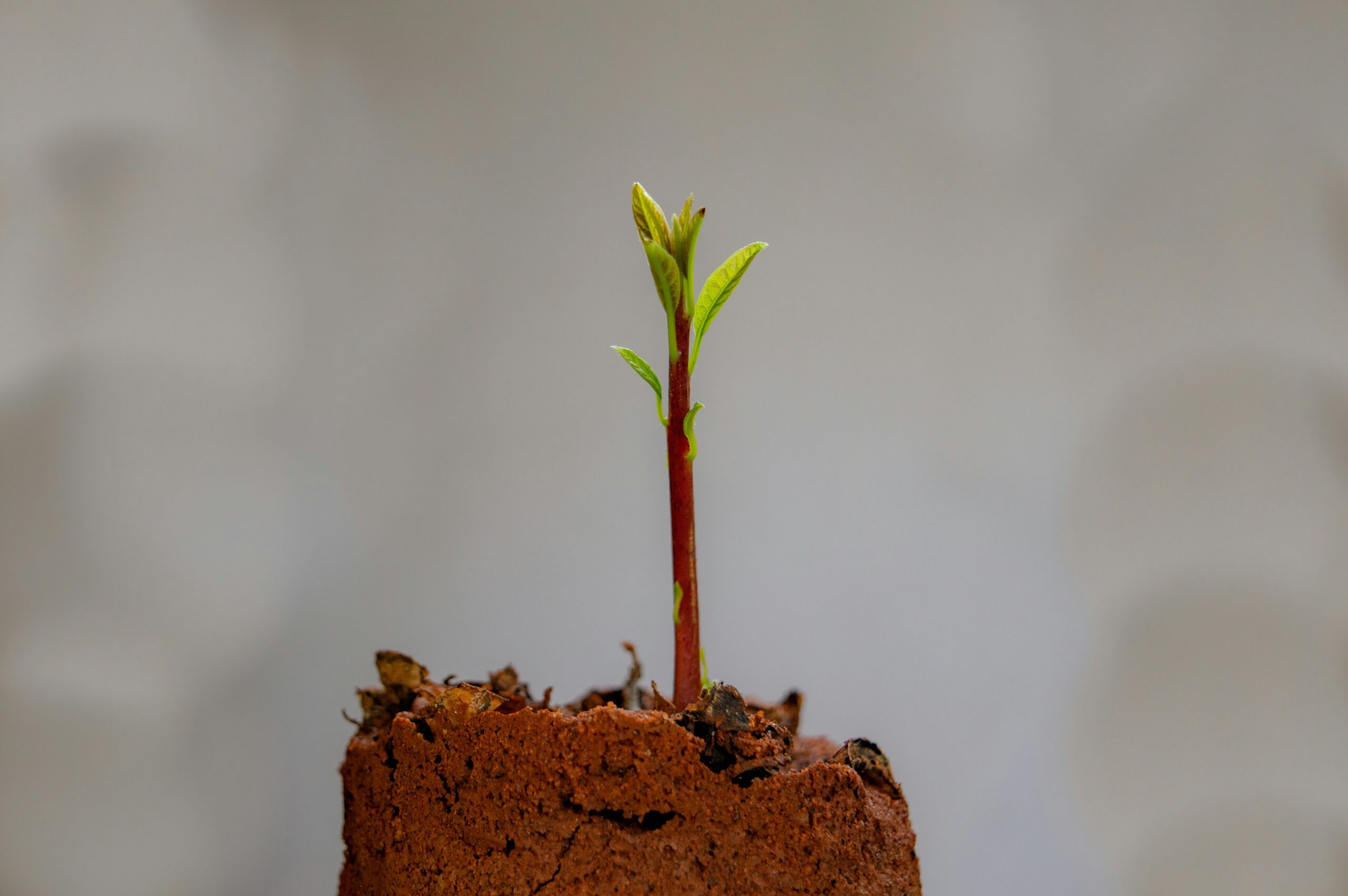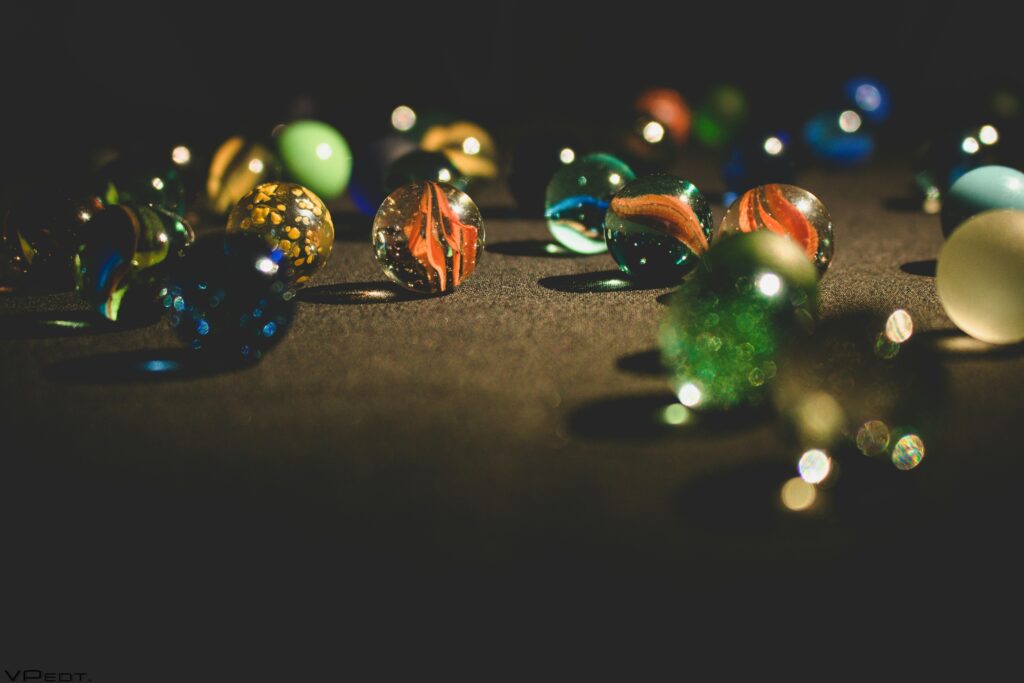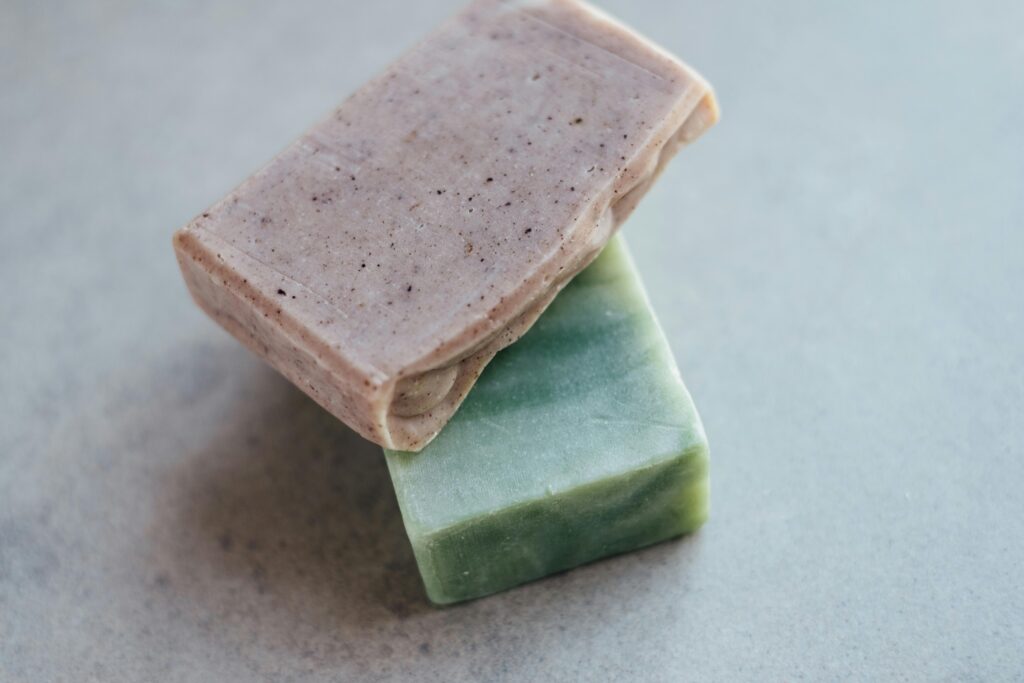Ever noticed a funky smell coming from your pet’s favorite glass toy? Spoiler alert: It might be mold. Let’s fix that—because no one wants their dog licking something gross.
In this post, we’ll cover everything you need to know about keeping those glass toys squeaky clean and mold-free. You’ll learn why mold happens (hint: it’s not just dirt), how to prevent it effectively, and even some tips for damage control when things go south. Plus, there’s a rant section because… well, mold deserves one.
Table of Contents
- Key Takeaways
- Why Mold Happens on Glass Toys
- Step-by-Step Guide to Prevent Mold
- Bonus Tips for Mold Prevention
- Real-Life Success Stories
- FAQs About Moldy Toys
Key Takeaways
- Mold thrives in moist environments—glass toys are especially vulnerable.
- Regular cleaning is key; avoid leaving toys damp after washes.
- Vinegar and baking soda are your best friends against mold growth.
- Purchase high-quality, non-porous toys designed for easy maintenance.
- Never ignore signs of mold—it can harm both humans and pets.
Why Mold Happens on Glass Toys
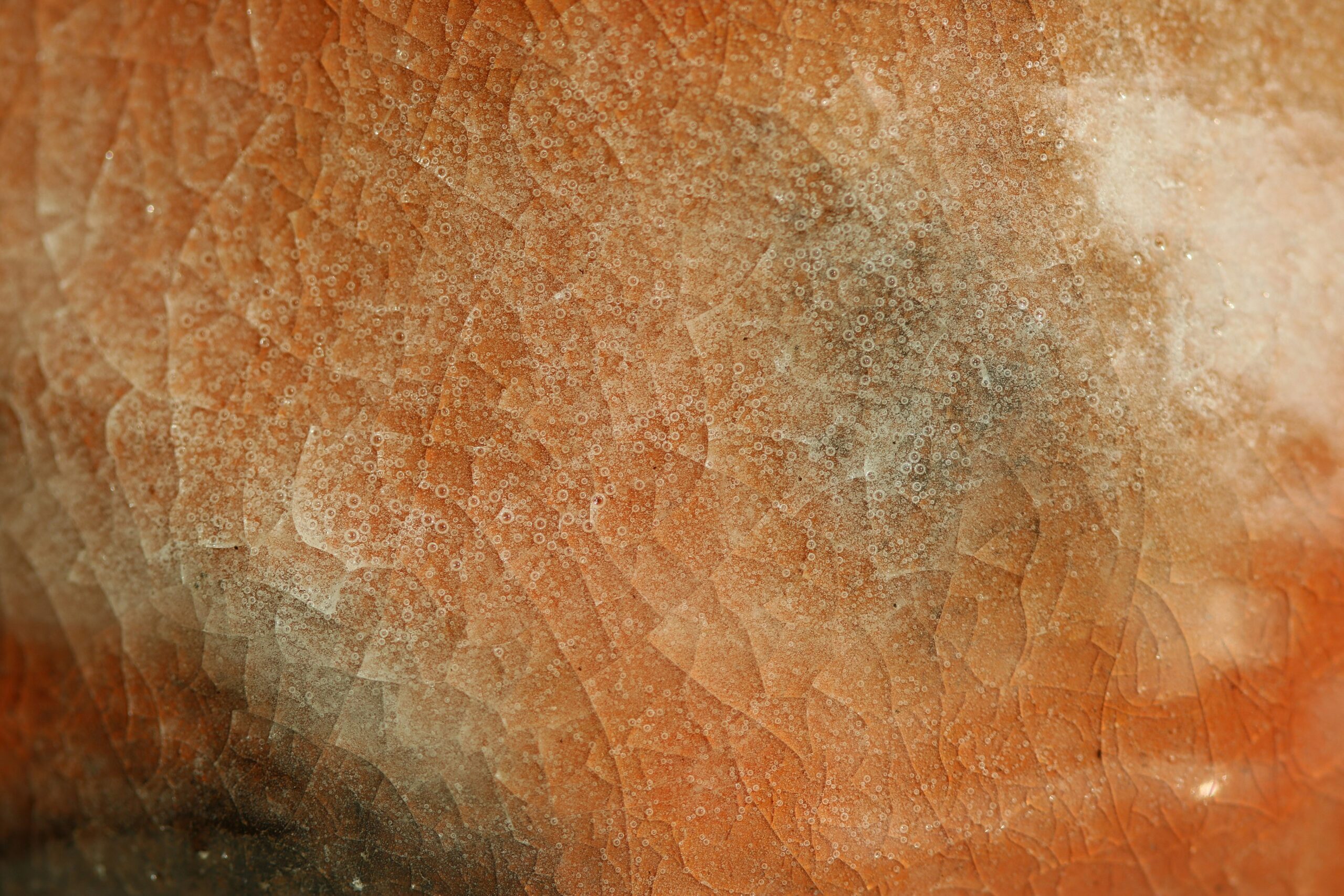
Glass toys seem indestructible, right? They’re shiny, durable, and look great as Instagram props. But here’s the ugly truth—they’re magnets for moisture. That little drool puddle left behind by Fido creates the perfect breeding ground for mold spores. And unlike plastic or rubber toys, glass doesn’t dry out quickly, making it a cozy hotel for microscopic nasties.
I once bought an expensive set of glass chew toys thinking they were “low-maintenance.” Two weeks later, I found greenish fuzz lurking inside the crevices. Lesson learned: If it gets wet, it needs attention!
Science tells us mold loves three things: warmth, darkness, and humidity. Guess what? Dirty glass toys check all these boxes. So unless you’re okay with hosting a fungal party, prevention is crucial.
Step-by-Step Guide to Prevent Mold
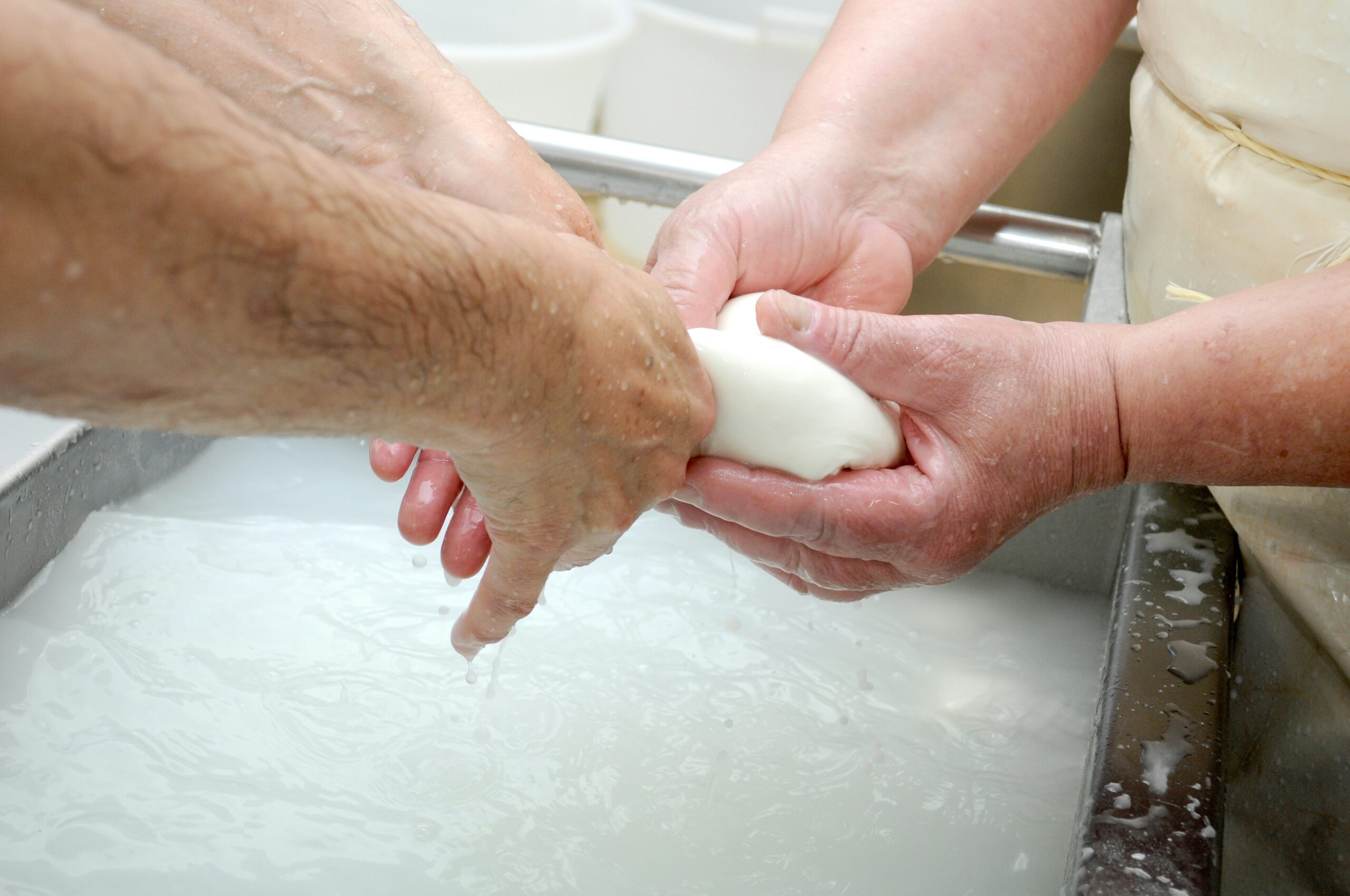
Step 1: Wash After Every Use
Optimist You:* “This will only take five minutes!”
Grumpy You: “Yeah, but my hands hate me afterward.”
No excuses—rinse those toys immediately after playtime. Use warm water and mild dish soap. Make sure every nook and cranny is scrubbed clean. A small brush works wonders for tight spaces.
Step 2: Dry Thoroughly
Don’t skip this part! Even if you think the toy feels dry, let it air-dry completely. Place it on a drying rack or towel near sunlight (but not directly in it). Sunlight naturally kills bacteria and keeps odors at bay.
Step 3: Store Properly
Throwing freshly cleaned toys into a drawer? Huge mistake. Moisture trapped in storage containers is basically an open invitation for mold. Instead, keep them in a well-ventilated area until fully dry.
Step 4: Deep Clean Weekly
Once a week, give your pet’s collection a deep clean using vinegar and baking soda. Mix equal parts vinegar and water, soak the toys for 10–15 minutes, then sprinkle baking soda before rinsing thoroughly. This combo annihilates germs while being safe for pets.
Bonus Tips for Mold Prevention
- Avoid Porous Materials: Always opt for smooth, non-porous glass designs.
- Inspect Regularly: Check toys weekly for any signs of discoloration or unusual smells.
- Leverage Dishwashers: If the toy is dishwasher-safe, toss it in with the next load for extra sanitization.
- Use Silica Packs: Toss a silica gel packet into toy bins to absorb excess moisture.
- Terrific Tip Disclaimer: Don’t use bleach—it may seem effective, but its harsh chemicals can linger and irritate your pet’s skin.
Real-Life Success Stories
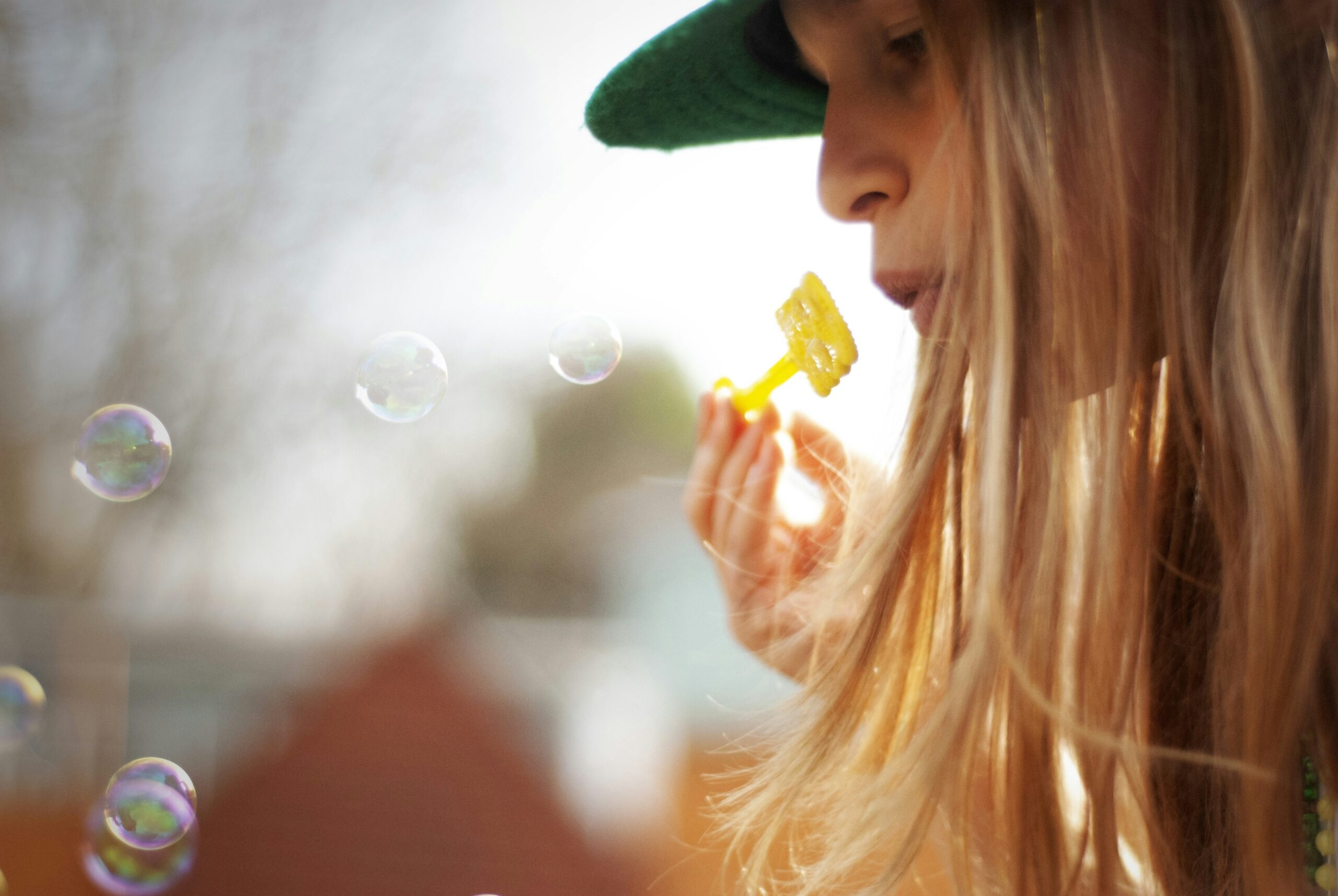
Jessica B., a proud Lab mom, shares her story: “I used to dread washing my pup’s toys because they always got moldy. After switching to glass toys and following a strict cleaning routine, mold became a thing of the past. My dog is happier, and honestly, my nose thanks me!”
Pro tip: Jessica also rotates her dog’s toys weekly, so none sit unused long enough to develop issues. Smart move!
FAQs About Moldy Toys
Q: Can mold make my pet sick?
Absolutely! Ingesting mold can lead to digestive upset, respiratory problems, or worse. Prevention is critical.
Q: What should I do if I find mold on a toy?
Replace it immediately. Cleaning won’t fully eliminate toxins embedded in porous surfaces. When in doubt, throw it out.
Q: Are glass toys worth the hassle?
Yes—for hygiene purposes alone, they trump many alternatives. With proper care, they last longer and stay cleaner than other materials.
Conclusion
Caring for your pet’s glass toys isn’t just about aesthetics—it’s about health. By understanding where mold comes from and how to stop it, you’re doing more than protecting toys—you’re safeguarding your furry friend too. Remember, consistency is king (or queen).
“Like a Tamagotchi, your pet’s safety requires daily care.”
